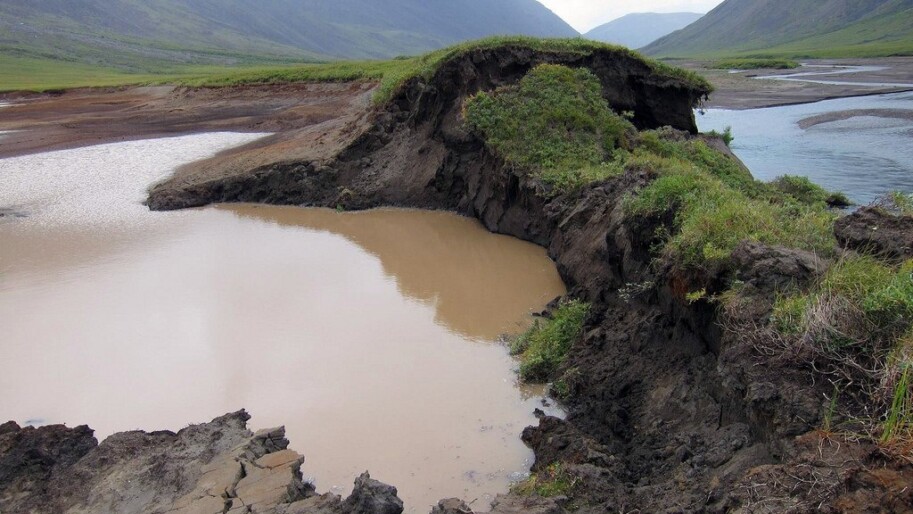by Chanan Bos, Clean Technica
Highlights
Many of Russia’s oil wells are built on permafrost, a layer of frozen soil, sand, and gravel. This permafrost is now melting quickly, jeopardizing the country’s oil supplies and accelerating climate change
- The permafrost these oil wells are built on is considered contiguous, meaning it stays frozen for thousands of years. However, this year-round permafrost is melting for the first time at a rapid pace that scientists didn’t anticipate for another 30 to 80 years
- The melting of permafrost releases carbon dioxide (CO2) trapped in the ice. The releasing of carbon can heat up more permafrost, resulting in more CO2 being released into the atmosphere
- In the Siberian city of Norilsk, a storage tank of diesel owned by Norilsk-Taimyr Energy Co. collapsed, spilling 6,000 tons of oil into the ground and 15,000 tons into local bodies of water
- The collapse is attributed to the failure of the supporting posts of the storage tank, likely due to the melting of permafrost
- This has led Vladimir Putin to declare a state of emergency while the energy company involved is facing a criminal case of negligence for not reporting the spill
The transition to 100% clean energy and electrification is a key to achieving the goals of The Climate Center’s Climate-Safe California Platform.

Nina Turner
Energy Programs and Communications CoordinatorJanina is a graduate of the Energy Management and Design program at Sonoma State University with experience in non-profits that specialize in sustainability and volunteerism.

